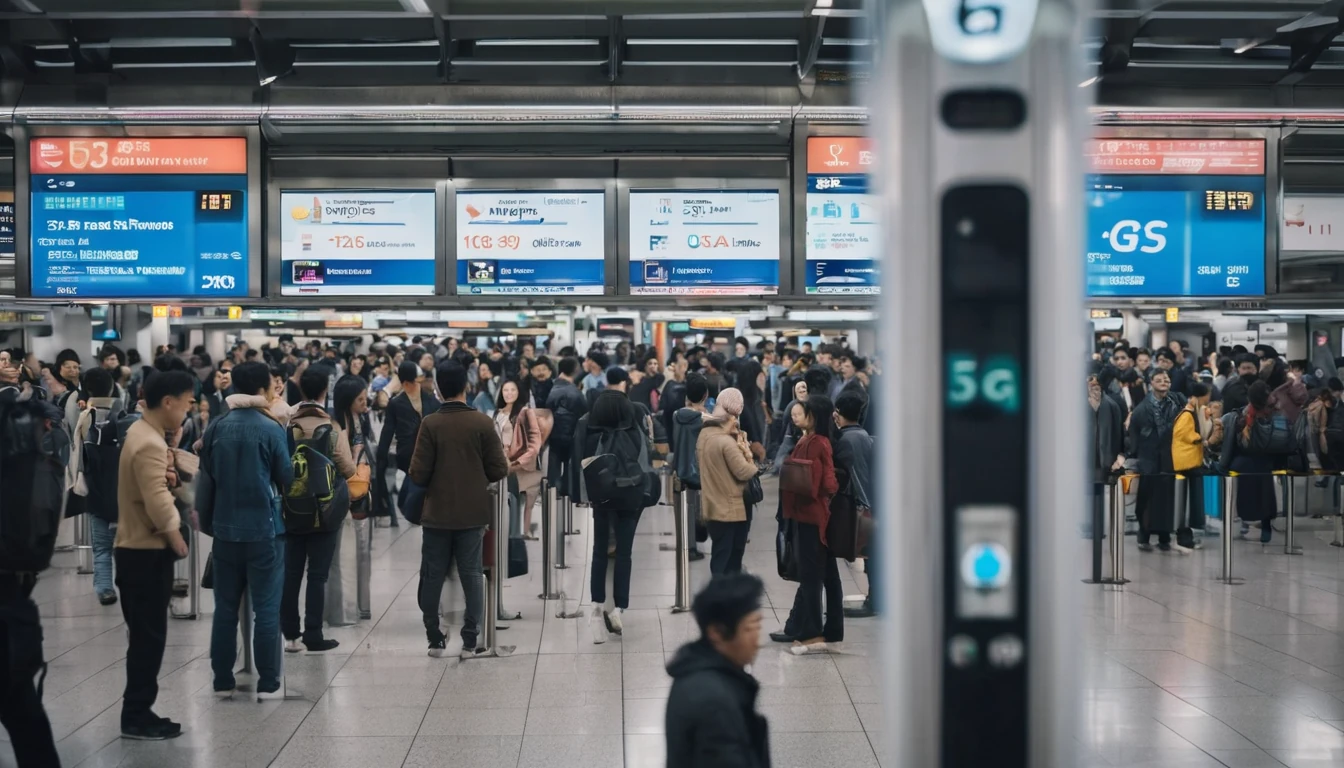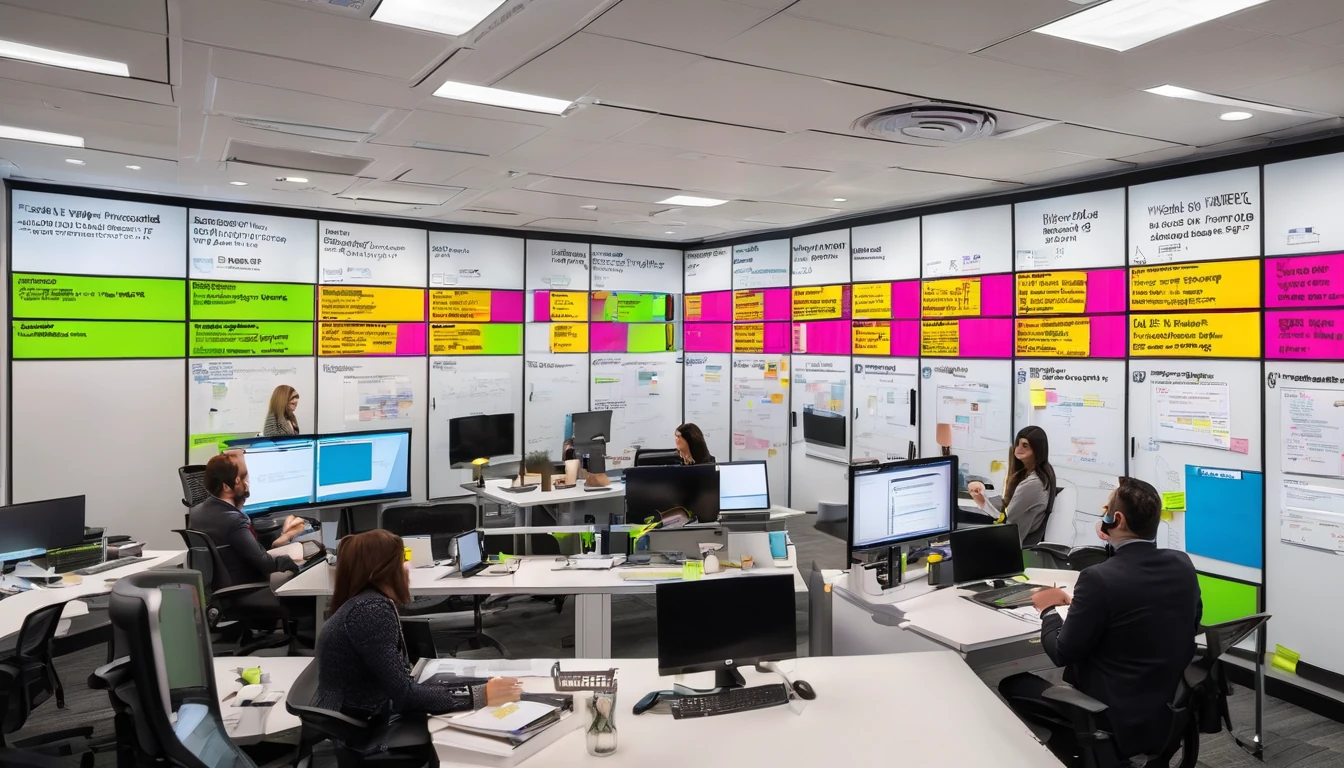Planning a eurail itinerary 2 weeks long is exciting—until you’re juggling seat reservations, patchy signal in tunnels, and a dozen station Wi‑Fi portals. This guide gives you a tight, achievable route across Western/Central Europe with clear expectations for mobile coverage on major rail corridors, a realistic data budget, and step‑by‑step setup so your tickets and maps work offline. You’ll know when station Wi‑Fi is worth it (and when to skip it), how to minimise “no service” moments, and which eSIMs fit multi‑country travel without roaming bill shock. We’ve also built the days to reduce backtracking and pack in capital‑city highlights while leaving breathing room. Whether you’re on Interrail (EU residents) or Eurail (non‑EU), this 14‑day plan gets you from Paris to Rome via Amsterdam, Berlin, and the Alps—comfortably connected, with reserved seats where needed and offline backups for peace of mind.
Explore local eSIM options by country on Destinations, or go straight to a regional pass like Esim Western Europe for simple coverage across borders.
Who this 2‑week itinerary suits
- Travellers who want fast trains, classic cities, and minimal transfers.
- People comfortable with early starts to maximise day‑time exploring.
- Passholders ready to make seat reservations where required (France, Italy, cross‑border Eurostar/Thalys segments).
- Anyone who values reliable data for maps, messaging, and last‑minute changes.
Note on passes: - Interrail is for EU/UK residents; Eurail is for non‑EU residents. The travel mechanics are the same. - Mobile Pass works in the Rail Planner app; activate on Wi‑Fi before departure. - High‑speed services in France/Italy/Spain and cross‑border Eurostar (including former Thalys and classic London routes) require reservations and fees. German ICE and many InterCity trains don’t require reservations but they are recommended on busy routes.
Connectivity on European rails: what to expect
Signal on key corridors (practical expectations)
- Paris ↔ Brussels ↔ Amsterdam (Eurostar HS1/Thalys corridors): Generally strong 4G/5G near cities; brief rural dips in Belgium; stable in the Netherlands.
- Amsterdam ↔ Cologne ↔ Berlin (IC/ICE): Netherlands excellent; Germany mixed—good overall, with occasional dead zones between cities; stations are strong.
- Berlin ↔ Munich (ICE Sprinter): High average speeds; tunnels and forested sections cause short dropouts (30–90 seconds).
- Munich ↔ Innsbruck ↔ Verona/Venice (EC via Brenner Pass): Mountain passes mean multi‑minute gaps; expect service returning near valleys and stations.
- Italy HS network (Milan–Bologna–Florence–Rome): Among Europe’s best on‑train coverage; 4G widely available, growing 5G in metro areas; tunnels cause brief losses.
General rule: 5G is common in and around major cities; fast rural segments can cause cells to hand off quickly. Streaming HD video is unreliable; messaging, email, and maps are fine with occasional pauses.
Station Wi‑Fi vs LTE/5G
- Station Wi‑Fi:
- Pros: No data usage; useful for big downloads (offline maps, playlist updates).
- Cons: Captive portals, time limits, crowding at peak hours, variable speeds (5–30 Mbps typical), mixed reliability on platforms.
- Security: Treat as public Wi‑Fi. Avoid banking or use a VPN.
- LTE/5G eSIM:
- Pros: Instant, consistent, and secure; better for navigation queues and messaging when you’re on the move.
- Cons: Uses your plan; watch big downloads.
Recommendation: Use your eSIM for day‑to‑day tasks and reservation handling; reserve station Wi‑Fi for larger offline downloads when you have time to authenticate and wait.
How much data do you really need for 14 days?
Typical daily usage on travel days: - Maps + navigation (with some online tiles): 100–200 MB - Messaging (text, a few photos): 20–80 MB - Email and browsing: 50–150 MB - Rail apps and reservations: 20–50 MB - Light social media: 100–200 MB - Video/shorts: Avoid or cap; 1–3 GB/hour at HD
Guideline budgets: - Careful user (offline maps, no video): 300–600 MB/day; ~6–9 GB for 14 days - Typical traveller: 700 MB–1.2 GB/day; ~10–16 GB total - Heavy user (social video/uploads): 1.5–2.5 GB/day; 20–30 GB total
Tip: Pre‑download city maps and media on Wi‑Fi; cap auto‑play video and cloud backups on mobile data.
eSIM picks for a multi‑country rail trip
- One‑and‑done for this itinerary: Esim Western Europe for seamless coverage across France, Belgium, Netherlands, Germany, Austria, and Italy.
- Country‑by‑country stays: Esim France, Esim Italy, and Esim Spain if you extend south‑west after Rome.
- Starting or ending in North America? Set up before you fly with Esim United States or cover cross‑border needs via Esim North America.
- Browse more regional options on Destinations.
A practical 14‑day Eurail itinerary (minimal backtracking)
This route hits high‑impact cities with sensible rail legs and realistic seat reservation expectations. Times are typical daytime durations; always check the latest schedules and reservation rules in your rail app.
- Day 1–2: Paris (arrival + full day) - Arrive, activate pass and eSIM on Wi‑Fi. Reserve Paris–Brussels or Paris–Amsterdam segments early. - Connectivity: Good 5G in city; TGV corridors require reservations.
- Day 3: Paris → Brussels (1h22, reservation required on Eurostar/TGV) - Afternoon explore in Brussels’ centre.
- Day 4–5: Brussels → Amsterdam (1h50, reservation required on Eurostar/Thalys brand) - Two nights in Amsterdam. Strong urban coverage.
- Day 6: Amsterdam → Cologne (2h40, ICE; reservations optional) - Walk the cathedral; stay near Hbf for easy morning departure.
- Day 7: Cologne → Berlin (4h20, ICE Sprinter if available) - Good onboard signal with brief gaps; optional reservation recommended.
- Day 8: Berlin (full day) - Pre‑download next legs; book Munich and Brenner EC if seats are limited.
- Day 9: Berlin → Munich (3h55–4h30, ICE) - Afternoon in Munich’s centre; prepare early start next day.
- Day 10: Munich → Venice (6–6h30 via Innsbruck/Verona, EC; reservation recommended in high season) - Mountain coverage is patchy; keep tickets and maps offline.
- Day 11: Venice → Florence (2h05, Frecciarossa/Italo; reservation required on Frecce) - Explore Florence; consider a later evening slot to extend Venice morning.
- Day 12–13: Florence → Rome (1h30, Frecciarossa/Italo; reservation required)
- Two nights in Rome to decompress.
- Day 14: Departure from Rome
- If flying west, consider adding a Spain leg next time; see Esim Spain for planning.
Seat reservations snapshot: - Required: Paris–Brussels/Amsterdam (Eurostar/Thalys), French TGVs, Italian Frecce, many Spanish AVE (if you extend). - Optional but smart: German ICE/EC on busy routes; Brenner EC in summer. - Book early for peace of mind—especially weekends and holidays.
Step‑by‑step: set up tickets and data (HowTo)
- Choose your plan: - Pick Esim Western Europe sized to your data budget (10–20 GB suits most).
- Install before you fly: - Scan the QR, set the eSIM as “data only”, keep your physical SIM for calls if needed.
- Configure data‑saving: - Disable auto‑updates on mobile, cap video quality, and turn off cloud backups on cellular.
- Install apps: - Rail Planner (Eurail/Interrail), national operators (DB Navigator, SNCF Connect, Trenitalia), maps (Google/Apple), translator, and airline/hotel apps.
- Activate your Mobile Pass on Wi‑Fi: - Activate the pass and first travel day in Rail Planner. Your QR ticket shows offline, but sync at least every few days.
- Book seat reservations: - Use operator apps or official websites for mandatory services (Eurostar/TGV/Frecciarossa). Save PDFs offline.
- Download offline assets: - City maps, language packs, boarding passes, museum tickets. Do this over hotel or station Wi‑Fi.
- Test your data: - Confirm roaming toggle on, APN auto‑configured, and that you can load pages on the platform.
- On travel days: - Keep phone in a front pocket or seatback for better signal; avoid deep bags behind metal.
- Power and backups: - Carry a 10,000 mAh battery and short cable; take screenshots of QR passes as a final fallback.
Data‑saving toolkit for trains
- Maps: Download entire regions for offline; keep GPS on, mobile data off when tunnels are frequent to save battery.
- Messaging: Use low‑data modes and compress image uploads.
- Music/podcasts: Sync playlists before long legs.
- Translation: Download languages offline.
- Cloud: Set photos to upload on Wi‑Fi only.
- Tethering: If you hotspot a laptop, limit to essential browsing; disable auto‑updates.
Corridor coverage cheat notes
- Urban hubs (Paris, Amsterdam, Berlin, Milan, Rome): Strong 5G outdoors; stations have metal/GLT structures that can attenuate signal—move onto platforms for better LTE/5G.
- High‑speed lines: Good along open track; brief tunnel blackouts. Apps retry automatically—avoid critical actions mid‑tunnel.
- Alpine routes: Expect several‑minute no‑service windows; load tickets and maps beforehand.
- Coastal and river valleys: Generally solid 4G; reflections cause fluctuating bars—functionally fine for messaging/navigation.
Pass days, costs, and efficiency
- With 14 calendar days, a 7 travel‑days‑in‑1‑month Global Pass often fits this plan (Paris→Brussels, Brussels→Amsterdam, Amsterdam→Cologne, Cologne→Berlin, Berlin→Munich, Munich→Venice, Venice→Florence, Florence→Rome = 8 travel days if strictly counted; combine short hops on the same day to compress).
- To shave a pass day, pay out‑of‑pocket for a cheap regional hop (e.g., Venice–Padua) or combine two legs in one day when practical.
- Reservations add cost. Budget roughly:
- Eurostar/Thalys passholder fee: variable, limited quotas—book early.
- TGV France: €10–€20 typical.
- Frecciarossa Italy: ~€10.
- EC Brenner: ~€10 (if you choose to reserve).
- Always cross‑check prices and quotas a few weeks ahead in operator apps.
Pro tips
- Screenshot everything: QR passes, seat reservations, platform changes.
- Platform boards over apps in a pinch: Local displays update even in data dead zones.
- Sit near carriage ends: Slightly better reception and fewer crowds near doors.
- Bring wired earbuds: Streaming interruptions matter less with downloaded audio.
- Sync Rail Planner on hotel Wi‑Fi every 2–3 days to keep the Mobile Pass updated.
FAQ
- Do I need seat reservations with Eurail/Interrail on this route?
- Yes on Eurostar/Thalys, French TGVs, and Italian Frecce. Germany’s ICE is usually optional but recommended on busy trains. Book early for popular departures.
- Will my mobile pass work offline on the train?
- Your QR ticket displays offline once added to a travel day. You should sync the app periodically (every few days) on Wi‑Fi or mobile data to keep it current.
- How much data should I buy for 14 days?
- Most travellers do well with 10–16 GB if they download maps/media on Wi‑Fi and avoid HD streaming. Heavy social/video users should consider 20–30 GB.
- Is 5G available on trains?
- Increasingly near major cities and along newer corridors. Expect 4G to dominate between cities, with short dropouts in tunnels and mountains.
- Is station Wi‑Fi reliable?
- It’s hit‑and‑miss: fine for big downloads if you can get through captive portals, but don’t rely on it for time‑critical tasks. Your eSIM is more consistent.
- Can I work from the train using a hotspot?
- Light email and docs are fine. Avoid large video calls on alpine and tunnel‑heavy routes; schedule calls for city‑to‑city stretches or do them from stations/hotels.
If you’re planning a team rail trip or recurring European travel, see For Business. Travel brands and resellers can explore the Partner Hub for collaboration options.
Next step
Pick your coverage, then lock in reservations. Start with Esim Western Europe to stay connected across borders throughout your 14‑day journey.




